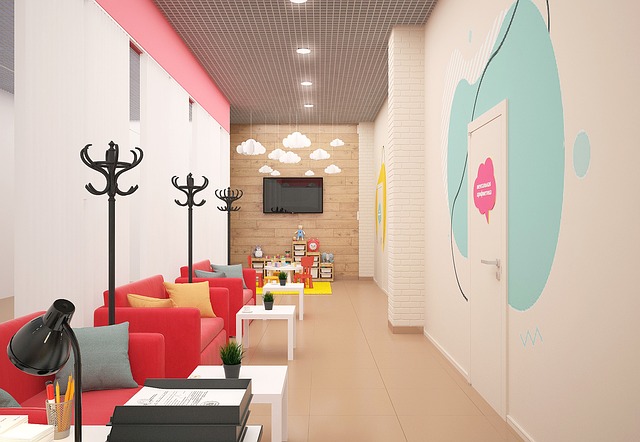
One of the guidelines for high performance healthcare is ASHRAE’s Standard 189.3 that regulates 24/7 operations with a minimum number of air changes for highly regulated and competitive markets. This is prescriptive language that requires a design project to reach above and beyond the minimum of the reach standard, similar to LEED. Provisions in different regulations may be based on mandatory or prescriptive language. These provisions can also be performance related, requiring jurisdiction approval.
Under LEED, healthcare projects can follow the Integrative Process and receive up to five credits. As the site is being selected, the project team may want to focus on Site Sustainability in the location and transportation category. Sustainable features can be further defined in Phase 1 or 2 of the Site Environmental Assessment by preserving a percentage of green area. This prevents development on sites that would harm fish and wildlife habitat conservation areas or wetlands. The Site Environmental Assessment goes hand in hand with the Site Inventory Assessment. Some topics to evaluate include hydrology, vegetation, human use, and human health effects.
Another section that deals with sensitive land protection is the Location and Transportation category. This LEED credit evaluates the surrounding density and diverse uses on high priority sites and their access to quality transit. One of the variables concern the proximity of bicycle parking to a building entrance. Another variable is the minimum electrical vehicle charging stations based on parking spaces. Special consideration is given to the decision to remove, destroy, or dispose of invasive plants.
A significant consideration of high performance healthcare design is Water Use Efficiency. This section covers indoor and outdoor water use reduction. Monitoring of water is at the building level. Reduction of water use must be 20% or greater. One of the primary ways to achieve this is through the rates of flow of fixtures. LEED teams may use the Energy Star Portfolio Manager, but is not required to share the data with LEED. Another area for reduction of water use is Cooling Tower Water Use which sets limits of use and level of water quality for makeup water. This section also covers collection of condensate.
Energy Efficiency may involves steps like demand response and enhanced refrigerant management. Some organizations may also use green power and carbon offsets to achieve a level of energy efficiency. Other companies may attempt a higher level of efficiency with Enhanced Commissioning which may involve commissioning of the building envelope. An energy model allows calculations of minimum energy performance and avenues to optimize energy performance. Different systems will have various pass threshold and some may require sub-metering methods.
One of the methods for achieving higher energy performance could include more sunlight power densities. Another could involve design of the building envelope to allow for better energy performance. The design could incorporate materials with high energy performance and/or verify performance variables such as envelope airtightness through testing. Greenhouse gas emissions reduction may be another way to gain credit through a program like LEED.
Indoor Environmental Quality (IEQ) is another avenue to high performance that can be initiated during construction. In order to achieve these credits, the construction team must use an air quality management plan to adhere to IEQ standards. Some of the other categories related to IEQ are interior lighting, daylight credit, acoustic performance, thermal comfort, and quality views. Some of the methods to reach IEQ performance standards might include using an entry scraper, selecting sound absorbing materials, selecting materials for surfaces finishes, and using tobacco smoke controls. In selection of finishes, for example, low-emitting materials may be chosen with low to no VOC content. Materials may include adhesives, sealants, paints, primers, and composite wood.

